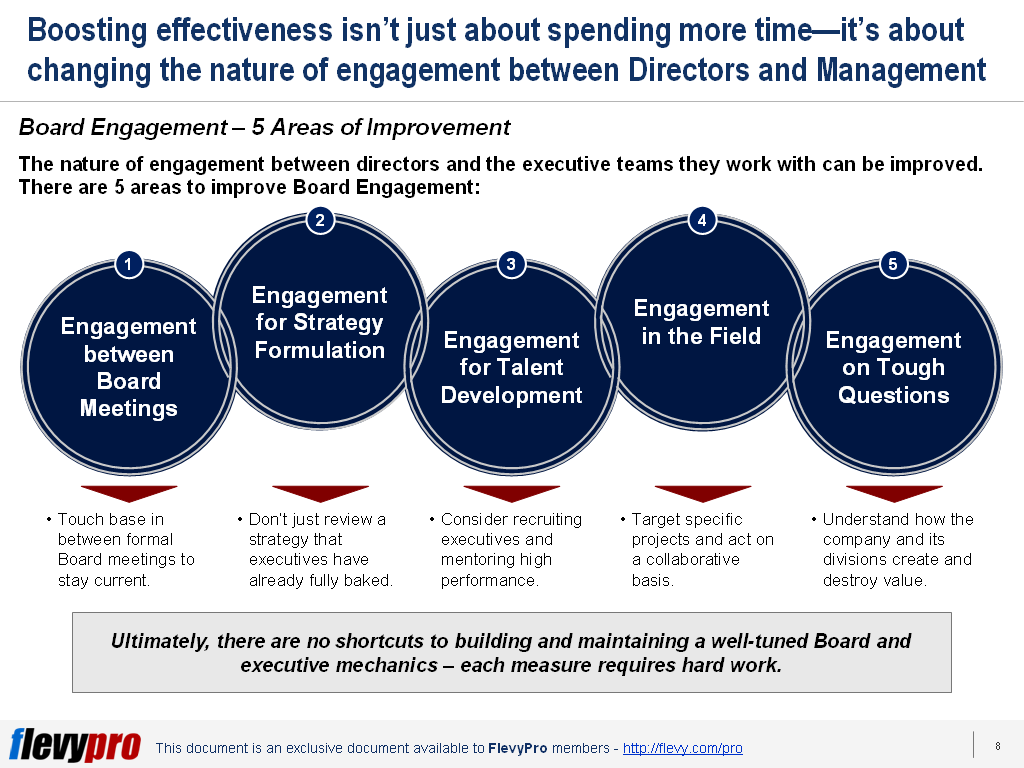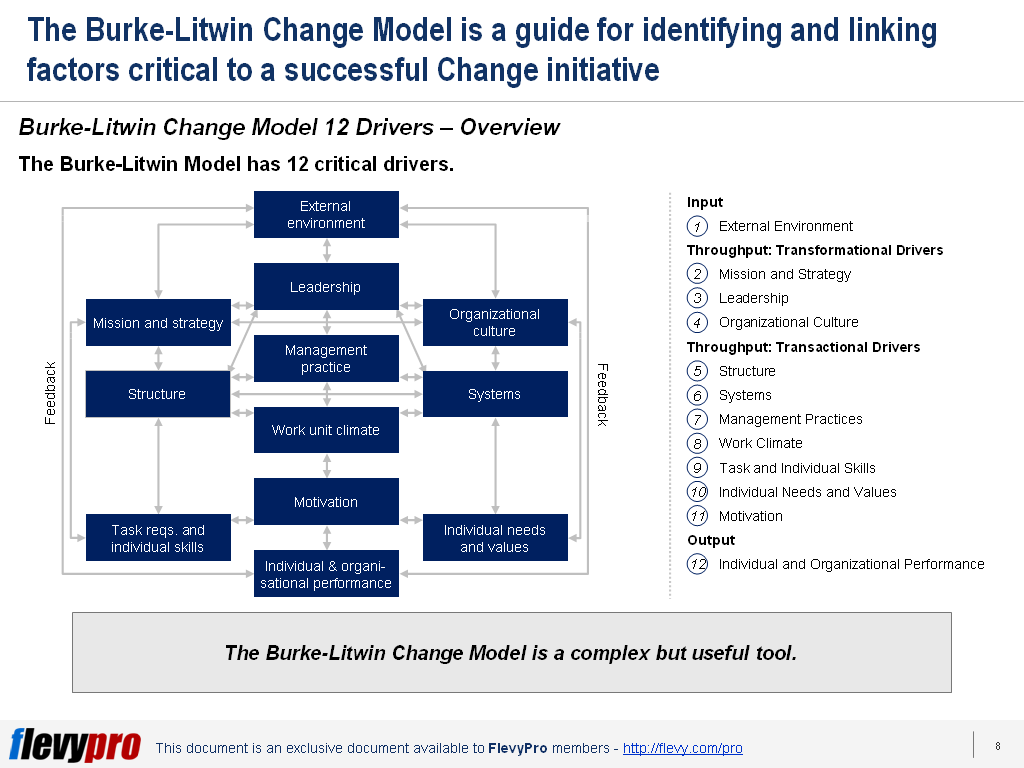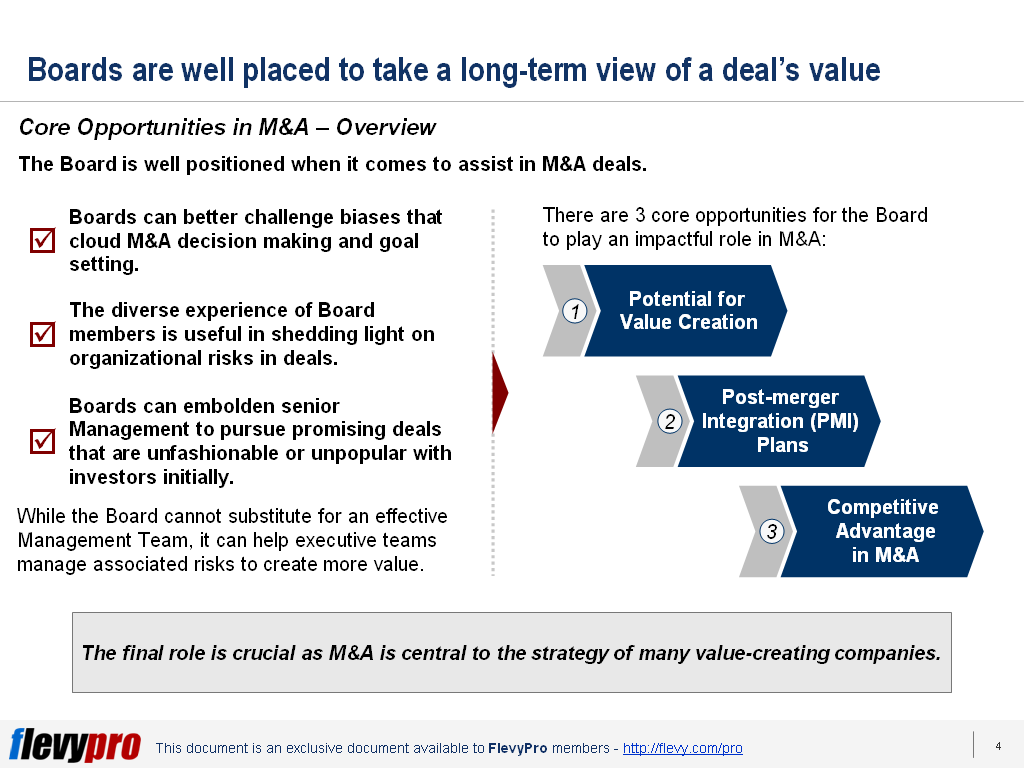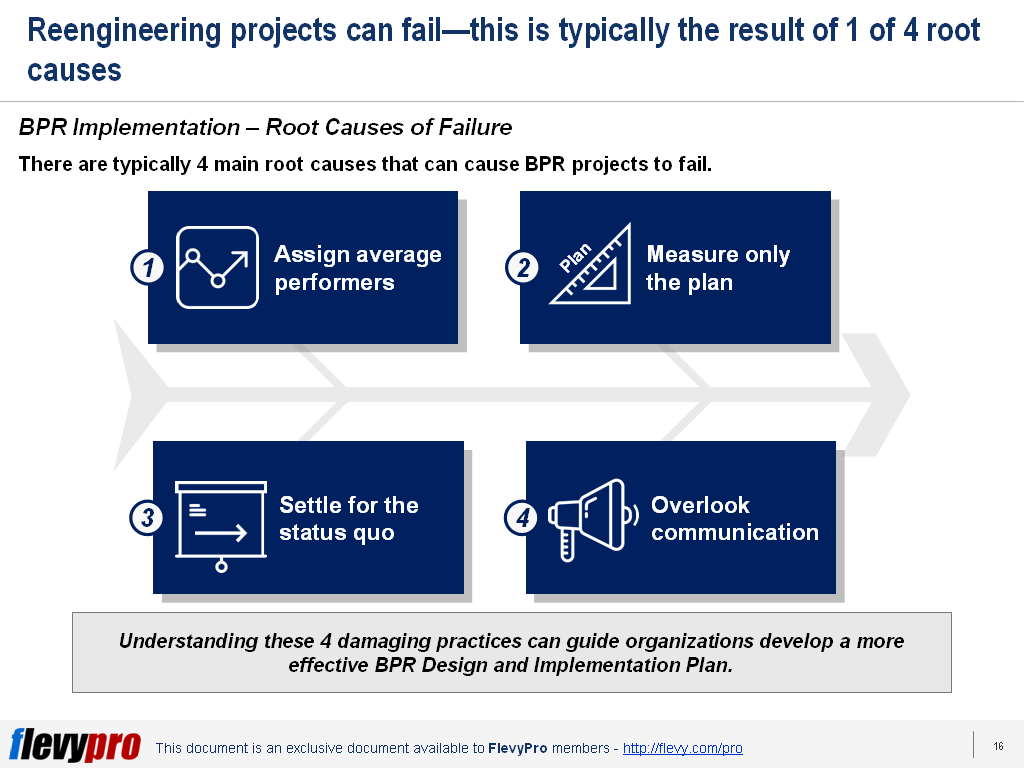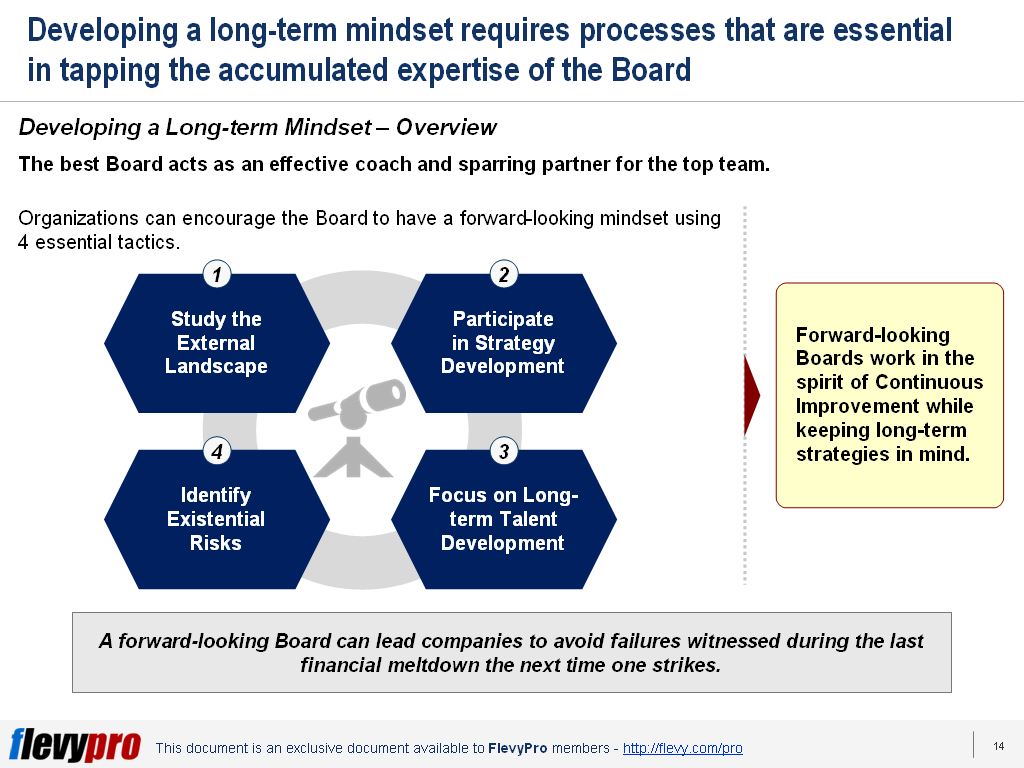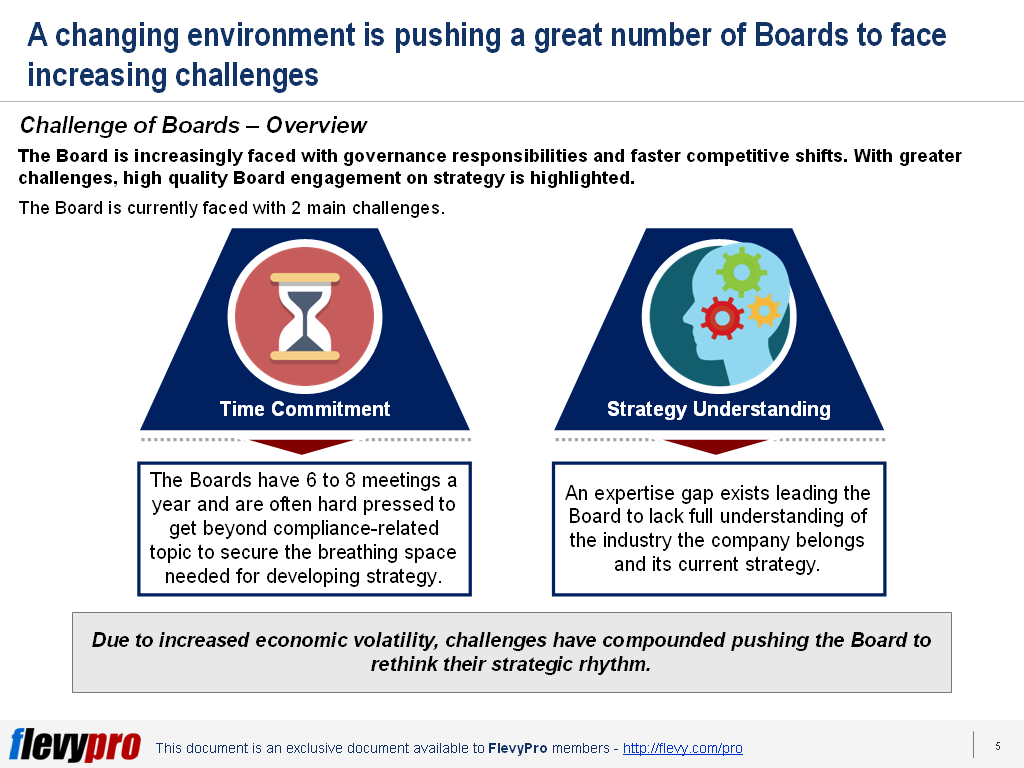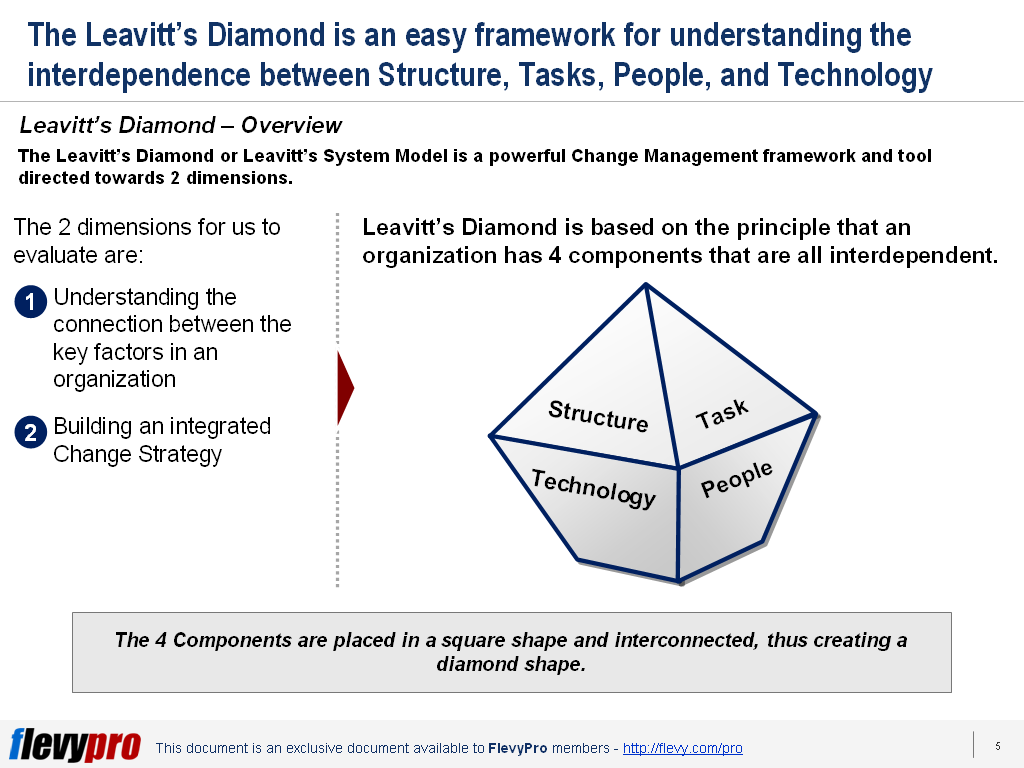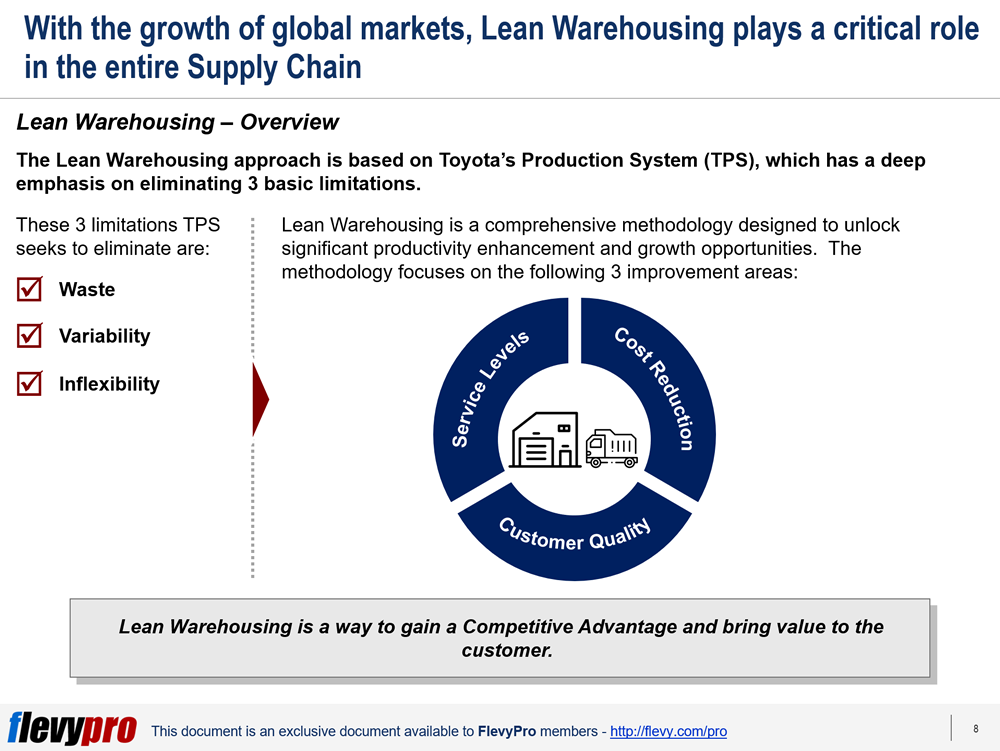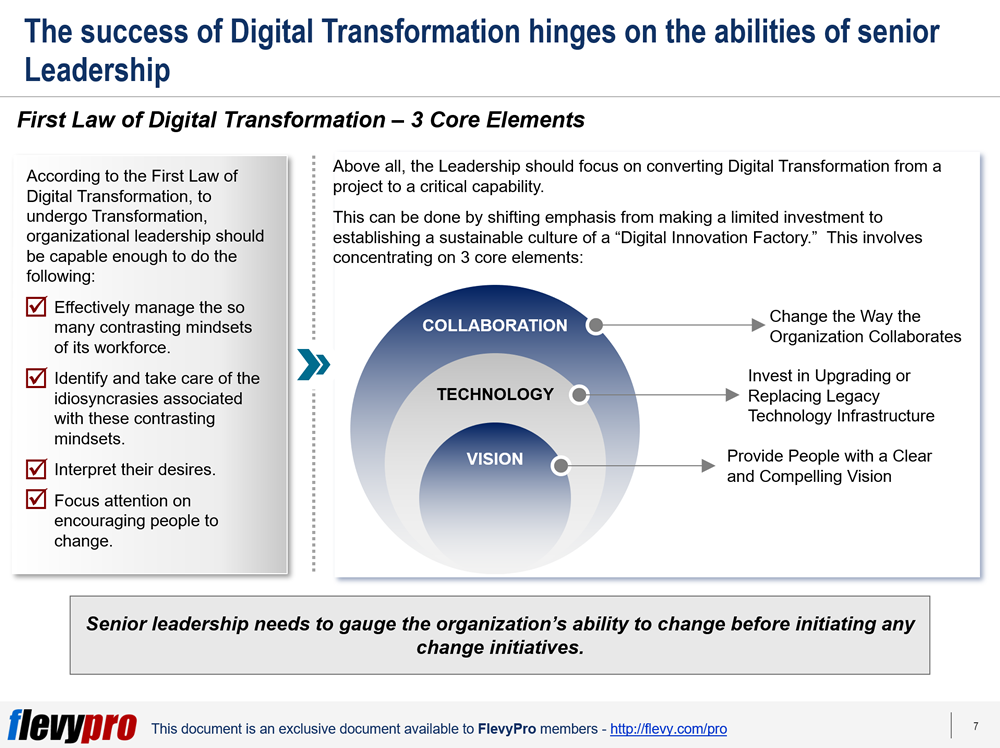How to Achieve Board Excellence? Here’s a Guide to Engaging Your Board
13 Mar

The business has become more challenging as the global market becomes more demanding. This change in the global market is putting pressure not only on Management but also on the Board. Strategy Development now demands that organizations should not only be effective but there should also be Board Excellence.
Today, the demand has ceased to be about spending more time. Boosting the effectiveness of the Board is not anymore about spending more time. The urgent call now is to focus on changing the nature of engagement between directors and the executive teams that they work with.
The Importance of Board Engagement
Changing the nature of the Board Engagement will lead Directors and CEOs to make effective use of their limited time. It will build the capacity of the Board Members to bring disparate points together. This is critical when keeping a Board functional rather than dysfunctional.
There are no shortcuts to building and maintaining a well-attuned Board and executive mechanics. These require hard work from the Board Members and a CEO with a thick skin. But a good Director will provide the extra effort, and an effective CEO will make the most of an engagement board’s limited time.
Achieving Board Engagement
Board Engagement can be built and it can be improved. The nature of engagement between the Directors and Management need not remain at a standstill. There are 5 areas to improve Board Engagement.
- Engagement between Board Meetings. This is more than just meetings. It is about touching based between meetings. When this is undertaken, it keeps Board Members informed and strengthens the Board’s hand on the company pulse. Engagement between Board Meetings minimizes the background time that slows up regular Board meetings.
- Engagement for Strategy Formulation. This area of improvement enables the Board to actively participate in the formation of strategy and be proactive. Participation is already encouraged right at its early formation and stress-testing of strategy.
- Engagement for Talent Development. When this is put in place, Board Members get to act like a highly effective search firm. This happens as a result of a change in focus from simply observing talent to actively activating them. This area of improvement raises the bar to actively cultivate talents.
- Engagement in the Field. This area of improvement may be something that may be new to Board Members. Often, the Board has been used to taking a role in policy making however they have not been part of operations. Engagement in the field is focused on assigning Directors specific operational areas to engage on. This will require the Board to visit at least one business site every 12 months. Doing this will bring a load of advantages as the Board gets to be more knowledgeable about the organization.
- Engagement on Tough Decisions. The main focus of this area is on the value of probing difficult, strategic decision making. One may wonder how can this build Board Engagement. Every Board Member need not have industry experience. Yet, they must have the courage to ask difficult questions. When this happens, you get to raise your Board from being dysfunctional to being functional and involved.
Board Engagement is very crucial at this point in time. It is not enough that they spend more time in Board meetings. It is not enough that they continue to assume roles that they have been doing before. The changing business environment has raised its spectrum when it comes to performance and effectiveness. And this does not only include Management or its employees. This now also involves the Board. Hence, the Board of today more be more engaged and take an active part in areas that are crucial to the organization to remain competitive.
Interested in gaining more understanding of Board Excellence through Engagement? You can learn more and download an editable PowerPoint about Board Excellence: Engagement here on the Flevy documents marketplace.
Are you a management consultant?
You can download this and hundreds of other consulting frameworks and consulting training guides from the FlevyPro library.













